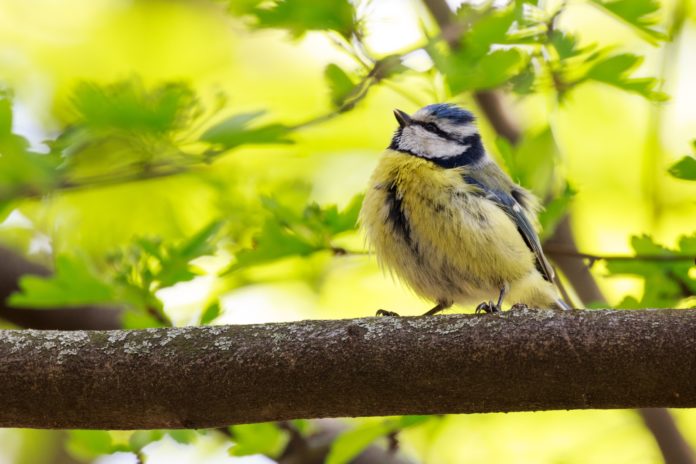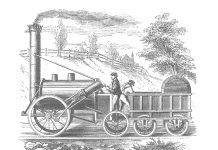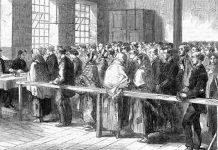A pair of nesting blue tits that made their home in the nest box in Chorlton Water Park hatched three chicks on Tuesday April 30.
Blue tits are common in woodland, hedgerows, parks and gardens. They’re widespread and found across the whole of the UK, with the exception of some Scottish islands.
Each year, blue tits produce just one brood of chicks and they do so to coincide with the greatest abundance of caterpillars. It’s a clever strategy making sure there is plenty of food around to feed the chicks, but if the brood fails, the birds have no second chance.
City of Trees working in partnership with the RSPB and Manchester City Council set up two live webcams from the nest box and a feeding station on the first day of spring hoping to capture some of the species of birds that make Chorlton Water Park their habitat.
The live feeding webcam allows people to see species of birds such as blue tits, sparrows and starlings, great tit, collared dove and nuthatch. Other species that regularly visit the water park include bullfinch, great crested grebe, herons and kestrels. Willow tits are the fastest declining bird in the UK and are present in the Mersey Valley.
City of Trees, has planted over 1000 trees across the Mersey Valley area.
Beth Kelsall, from City of Trees, said: “Trees provide habitat for birds, but also sources of food and places to nest. Around a third of all woodland bird species have declined since 1974, including bullfinch, song thrush, dunnock and goldcrest – habitat loss is a big problem for our woodland birds and this makes the protection, restoration and creation of native woodland even more important.”
The RSPB was founded at Fletcher Moss in Didsbury, Manchester and Jenny Hackland is their Mersey Valley Project Officer, who works in partnership with Manchester City Council at Chorlton Ees, Chorlton Water Park and Fletcher Moss.
Jenny said: “Young blue tits look slightly different – The basic pattern of a fledgling’s plumage will still help you identify the bird as a blue tit, but juveniles have greener caps than their parents and they have yellow cheeks instead of white.
“Scientists have discovered that these birds use medicinal plants to disinfect their living spaces. They use aromatic plants such as lavender, mint, and curry leaves, which kill bacteria, to line their nests, thereby sterilising the area and making it safer to raise chicks in.”
There is a wealth of information on the City of Trees website including bird bingo and ID sheets, what trees to plant to attract wildlife into gardens as well as fun facts shared across social media. The RSPB website also has tips on how to attract wildlife into your garden, how to identify different birds and RSPB’s Wild Challenge for families.
The live feeds can be viewed at www.cityoftrees.org.uk/livefeeds and people can join in the conversation @CityofTreesmcr @RSPBManchester and @MCCChorlton using #cwpcam







